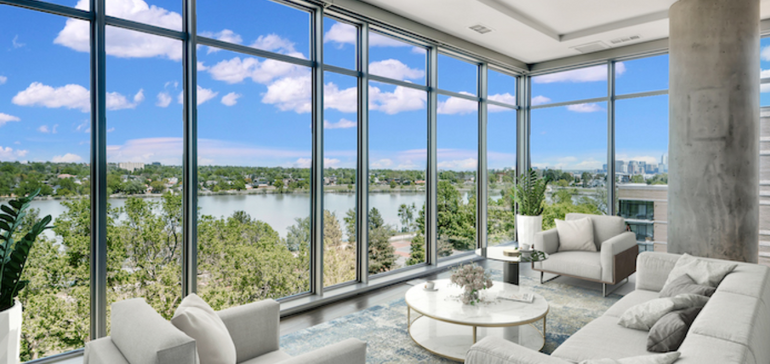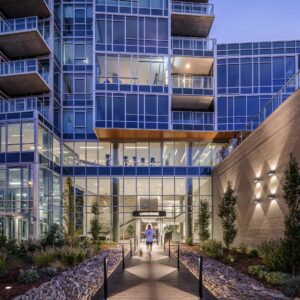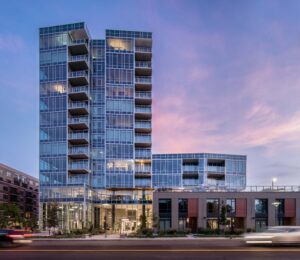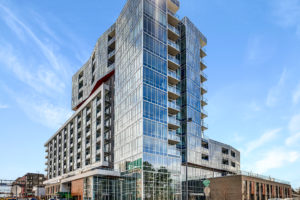
Renters stay longer in multifamily developments with wellness certifications. “How can you afford not to do this?” asked one developer.
The number of multifamily buildings pursuing health and wellness certifications such as the WELL Building Standard and Fitwel has skyrocketed during the pandemic, but owners and operators aren’t seeking them out just because it’s the right thing to do.
The ROI for multifamily developers that put in the effort and expense to get their properties certified has yet to be quantified, but some say they’re seeing payback in terms of faster lease-up and sales, higher retention rates and positive public relations.
“It’s not just that we’re demanding higher rent when residents first move in, but they’re also more likely to stay,” Anna Malhari, COO of Veris Residential, a Jersey City, N.J.-based REIT that achieved WELL certification for its entire portfolio last year, said she expects the certification to help retain current residents and attract future renters.
The WELL Building Standard is modeled after LEED certification, but focuses on the physical, emotional and mental health of people inside buildings. Fitwel is a healthy building standard created by the Centers for Disease Control and Prevention and General Services Administration.
Malhari said pursuing WELL certification was a natural step for the company because Veris’ properties already met most of its requirements.
“Certification itself didn’t mean any significant capital outlay for us,” she said. “It wasn’t as much of a question of whether we wanted to spend the money to do it or whether we would ever get it back. We just wanted to showcase all these things we’d been doing already.”




